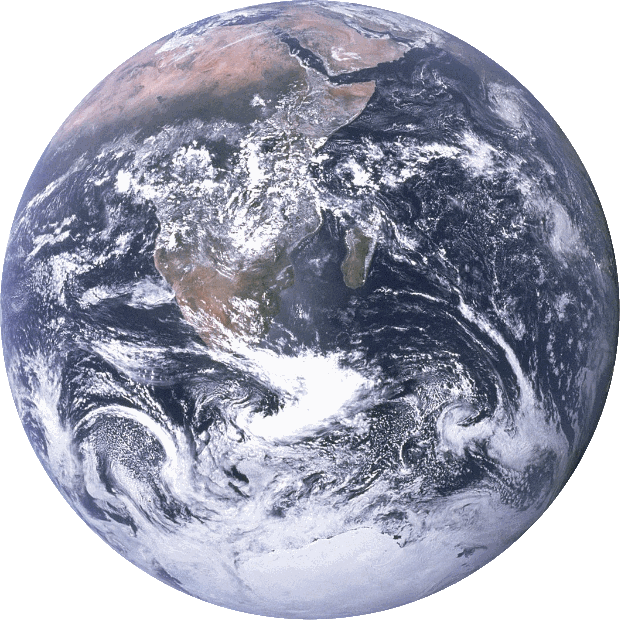DOI: 10.14466/CefasDataHub.116
Predicted sedimentation rates data for the Baltic Sea derived from samples from 1992 - 2019
Description
Spatial prediction of the sediment accumulation rate, provided as a .geotif file (as an average linear rate in cm yr-1 since 1986) for the Baltic Sea created using a machine learning approach. Predicted rates of sediment accumulation vary from 0.08-1.67 cm yr-1. Field measurements were acquired between 1992 and 2012 as compiled by EMODnet Geology. Predictor variables were derived from 2003 to 2018 from various sources including EMODnet Bathymetry, Copernicus and Cefas staff. Modelling subsequently occurred in 2019 by Cefas. Further detail on the data sources are provided in the associated manuscript. To access and download the data contact data.manager@cefas.co.uk. For additional details regarding how this layer was generated see the publication associated with this data: https://doi.org/10.1016/j.csr.2020.104325. The spatial prediction of sediment accumulation rates were generated for the Baltic Sea using a machine learning approach. In short, a range of predictor variables that were thought to relate to either marine dispersal or the proximity to a sediment source. These full coverage predictor variables included: derivatives of the bathymetry, estimates of sediment turbidity, distance from river mouths, estimates of the energy of the Baltic Sea and a description of the substrate type. A random forest model was fit to the predictor variables using field observations. The model was then used to predict sediment accumulation rate for the Baltic Sea.
Contributors
Mitchell, P.J / Spence, M.A / Aldridge, J / Kotilainen, A.T / Diesing, M
Subject
Sediment
Start Date
01/01/1992
End Date
31/03/2019
Year Published
2020
Version
1
Citation
Mitchell et al (2020). Predicted sedimentation rates data for the Baltic Sea derived from samples from 1992 - 2019. Cefas, UK. V1. doi: https://doi.org/10.14466/CefasDataHub.116
Rights List
DOI
10.14466/CefasDataHub.116


